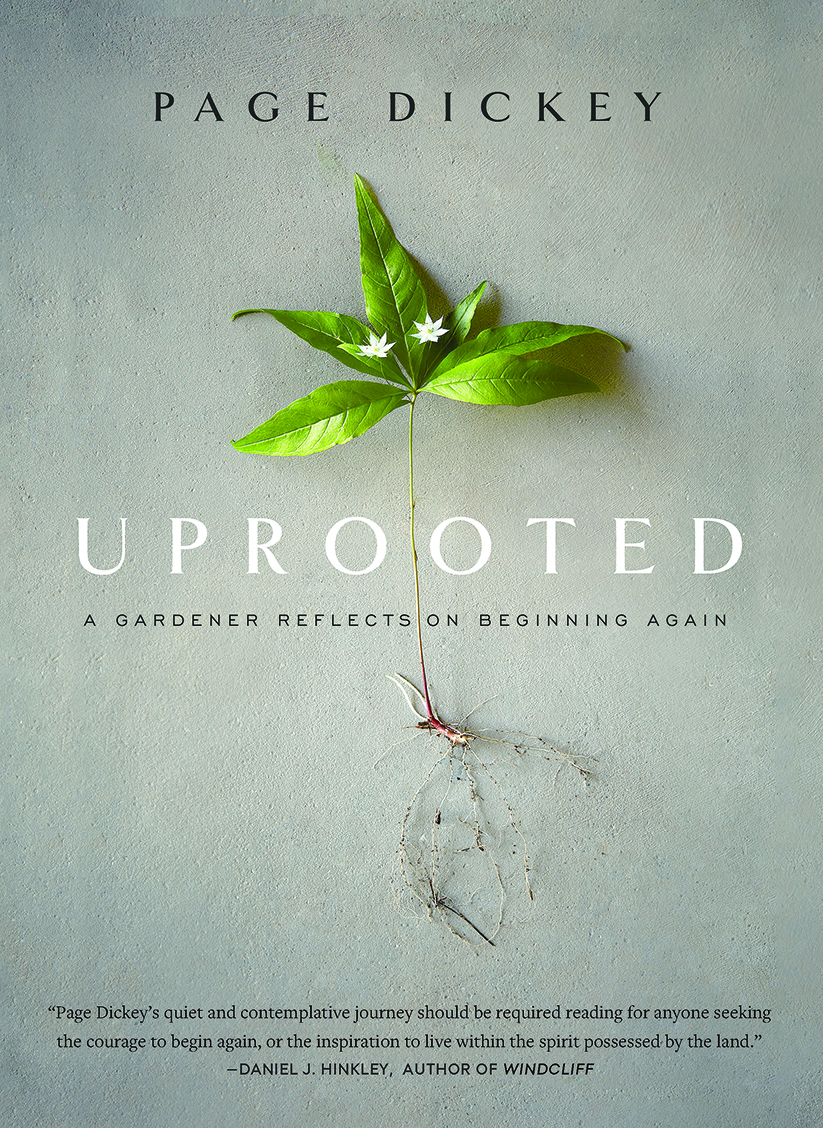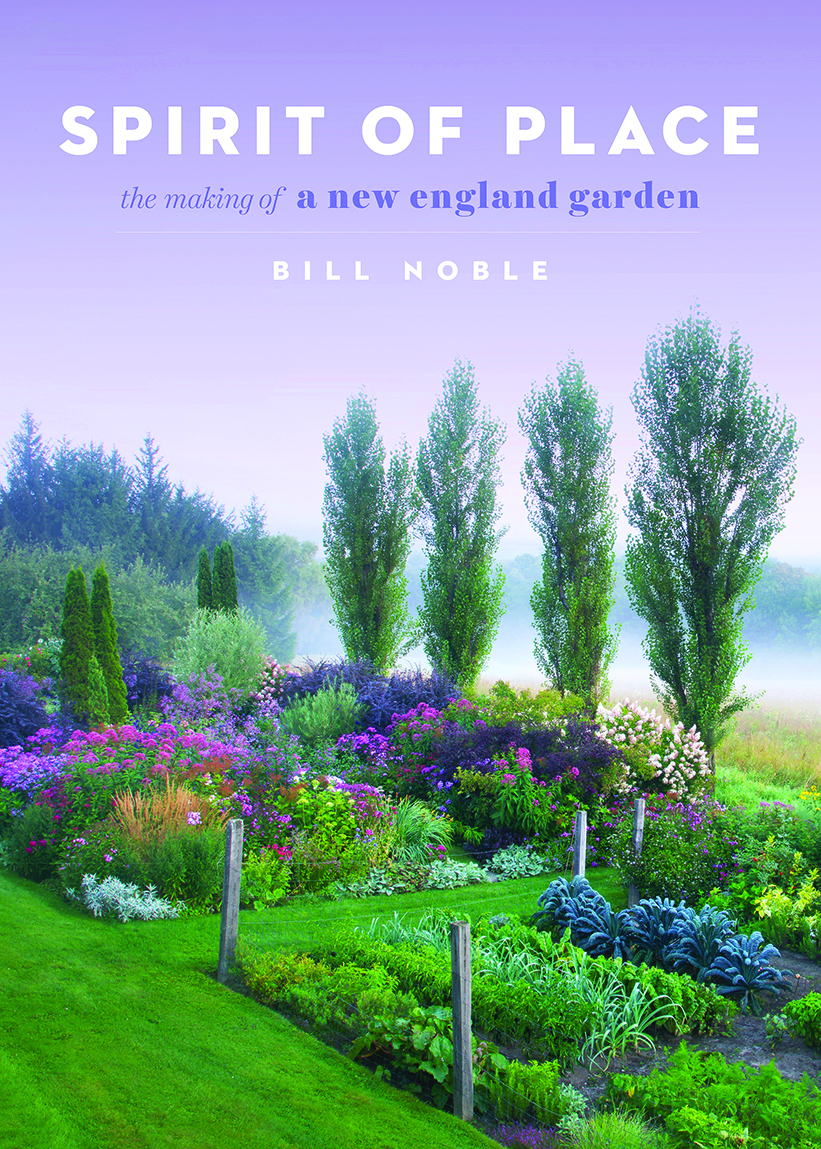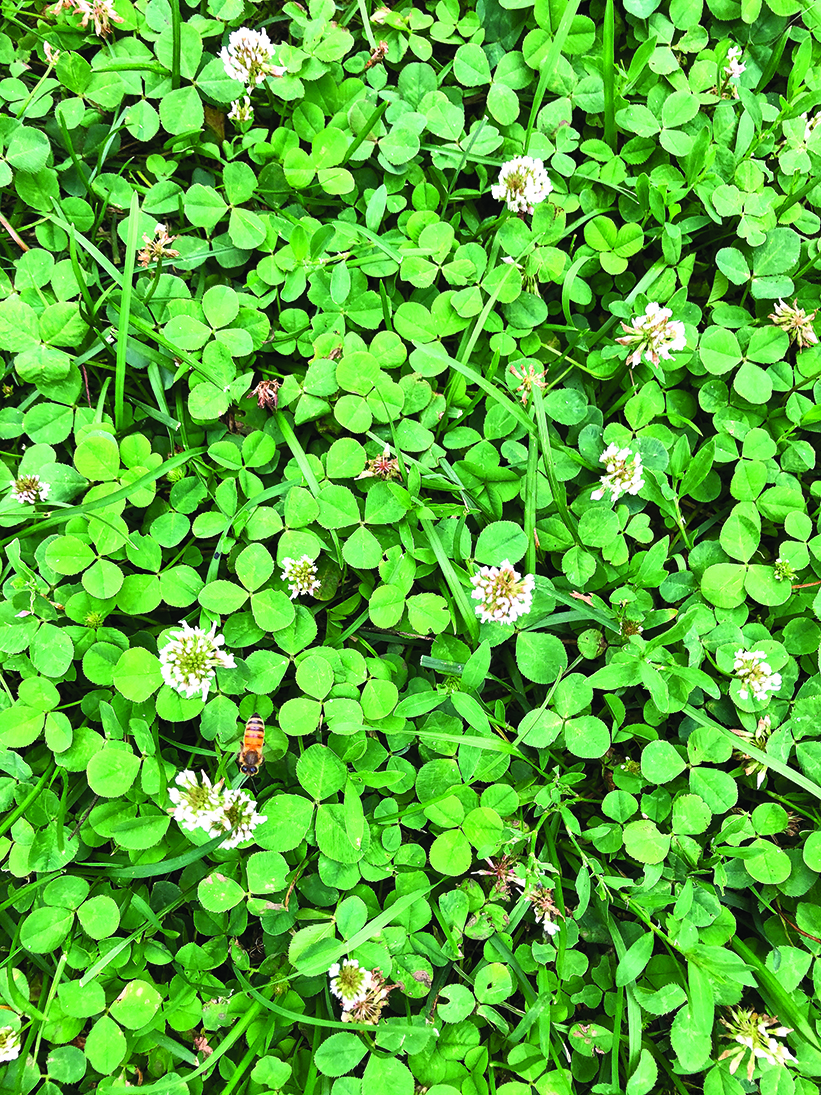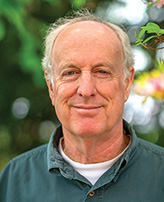By Will Rowlands Page Dickey’s former garden – Duck Hill in North Salem, New York – is well-known to garden buffs. It’s been featured in numerous publications and Dickey has written two books about it. Things changed when Dickey and her husband, Francis Schell, started considering a move. She was thinking of another quirky farmhouse, an apple orchard and maybe a real meadow. Who can blame her? I’d like a meadow and an orchard of Northern Spies. Dickey’s reasons for leaving are familiar to many of us: they were getting older, the cost of living was high and the three acres of intensive plantings were a challenge … and there…
-
-
Spirit of Place
By Will Rowlands Bill Noble didn’t start out with a degree in horticulture, botany or landscape design. He grewup in Norwalk and had an assortment of jobs as a young man, including construction and market gardening. He got a lot of experience when he landed a job in the ’70s at the property of Augustus Saint-Gaudens in Cornish, NH. Saint-Gaudens was a prominent sculptor in the 1800s. As many as 100 other artists and performers joined him there and the area eventually became the Cornish Art Colony. It was a place where artists such as Maxfield Parrish and Frederic Remington, and performers like Ethel Barrymore and Isadora Duncan, could escape…
-
Clover – Back in Style
By Will Rowlands An interesting thing happened this spring. I had recently finished a story about the positive aspects of dandelions and was enjoying not chasing around after them when, all of a sudden, it struck me that we had a lot of clover in our lawn. I remember clover in lawns when I was kid back in the 1950s and 1960s. It was a traditional part of lawn-seed mixes until people started using broad-leaf herbicides. The chemicals were meant to kill dandelions, plantains and other “weeds” but they also killed clover. In those less enlightened times, people didn’t necessarily want to attract bees and other pollinators to their yard,…
-
Invasive Management in May & June
We list only mechanical control options below. Many thanks to Emmett Varricchio for developing the calendar. See it in full on the CIPWG website at cipwg.uconn.edu under 2018 Symposium Presentations. If you don’t get to it at the prescribed time, just remember that the best time to manage invasives is NOW! CUT/MOW: Delays/prevents seed production and depletes plant’s resources. Follow-up often as necessary. Repeated mowing is an effective control strategy for some plant species. PULL/DIG: Effective at removing seedlings and annuals. Organize volunteers and have a pulling party. Japanese Knotweed (Polygonum cuspidatum)Cut/mow mid-May to mid-June: Schedule three to four times a year. Can be effective, but don’t leave cuttings to…
-
Welcome Bugs Into Your Yard
YOU MIGHT JUST SAVE THE WORLDBy Douglas W. Tallamy UNFORTUNATELY, we humans are now in a position to declare victory in our long war on insects. The United Nations’ Global Assessment Report on Biodiversity and Ecosystem Services has found 1 million plant and animal species, mostly bugs, to be at imminent risk of extinction. Industrial agriculture, millions of miles of road hazards, unnecessary lights, overuse of pesticides, habitat elimination, tens of millions of acres of sterile lawn and the widespread displacement of native plants have caused a 45 percent decline in insect populations just in the past 40 years. Originally published in the Washington Post on Feb. 20, 2020 To…
-
Hug a Tree on Valentines Day!
Take a moment NOW to help make CT's roadside forests safer and healthier




